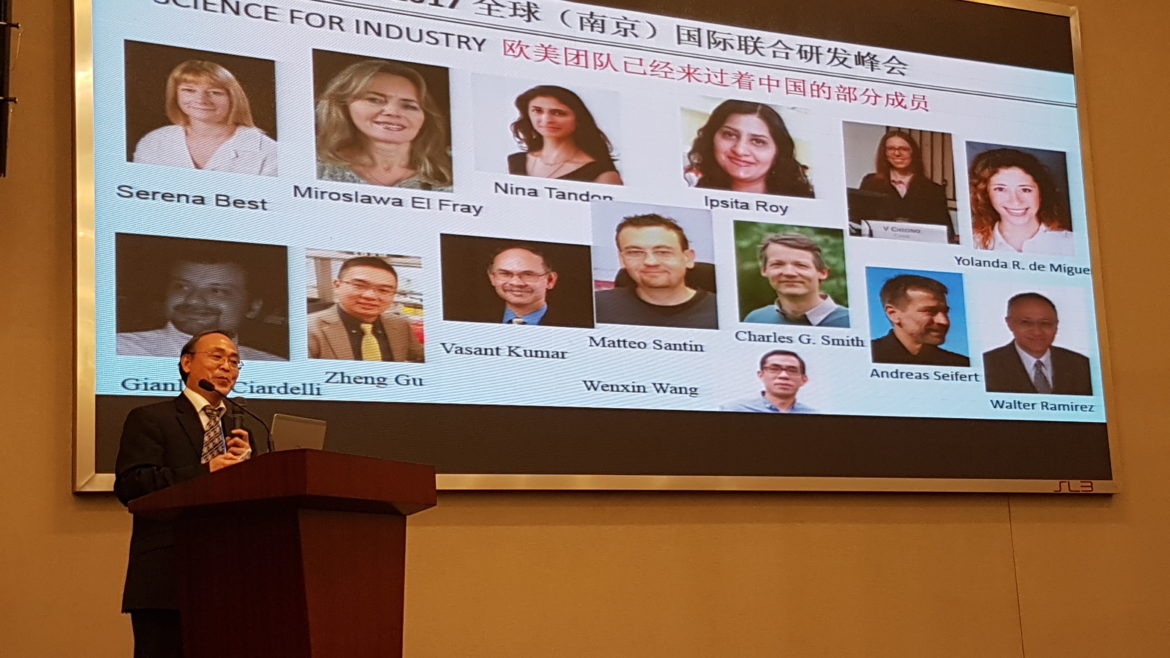
Innventik participated in European Science to Industry Roadshow in China
October 29, 2017 (Beijing, China). Innventik participated in European Science to Industry Roadshow in China from October 23 to 28. The roadshow included the participation on R&D Summits, International Innovation Conferences, meeting with top Chinese investors and visits to companies. In the roadshow participated Lucideon, University of Cambridge, Brighton University, Turin Politecnico, University of Westminster, Tecnalia and Biokemik. The event was organized by Prof.& Dr. Xiang Zhang, Lucideon Principal Consultant and Royal Society Industry Fellow at University of Cambridge.
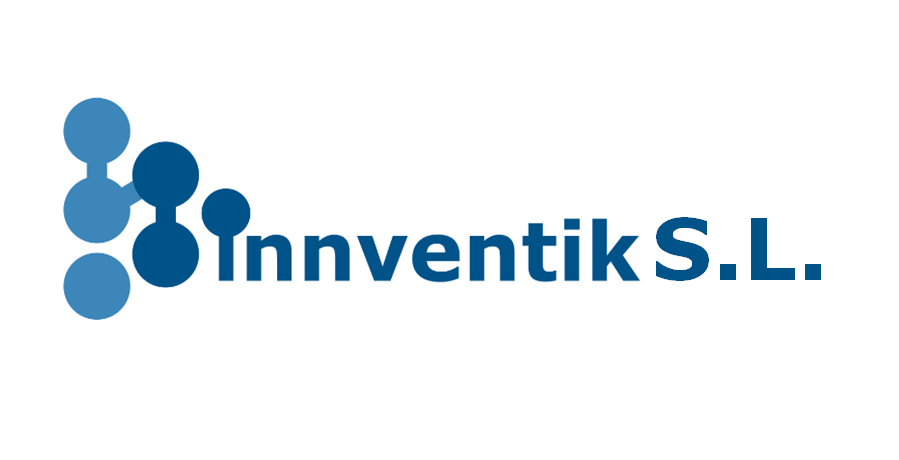
PRESS RELEASE: Innventik S.L. has been incorporated
Madrid, Spain, February 3, 2017 — Innventik S.L. has been registered and formally established. “The purpose of the company is to connect customers with solutions, to accelerate customer’s Innovation and Commercialization processes, and to perform Engineering Services“, says Dr. Walter Ramirez, Chief Innovation Officer and Founder , the administrator of the new society.
For more information or a free consultation contact Innventik S.L. directly at info@innventik.com and at www.innventik.com.
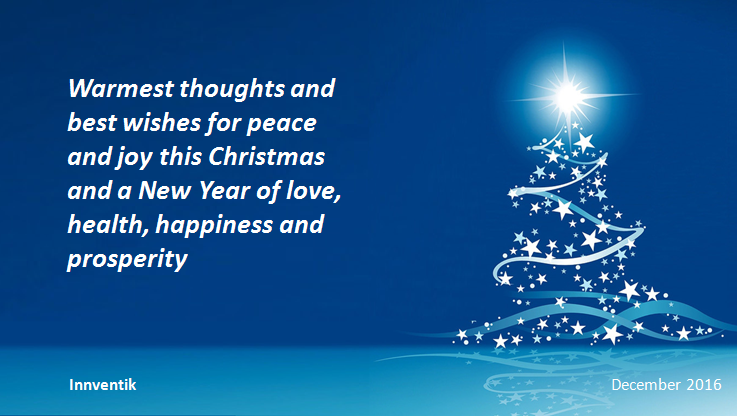
Season’s Thoughts, from Innventik for 2017.
2016 will keep a privileged space in my memory. I thank all the people who have entrusted Innventik and who have been close to us in difficult times, for the lessons learned, for the dreams and projects accomplished, for the new friends, and for all the affection received. I hope that life’s trip will continue to introduce new passengers that leave an indelible seal in our new passport, persons willing to forge a better world through innovation with enthusiasm, passion, courage, and energy. I wish everyone a Merry Christmas and the best in 2017, beyond your expectations…

Steps for Commercializing a Technology: “Assessment–Networking–Contract–Collaboration–Transfer”
Technology commercialization is a complex process that engages many challenges. Many companies, technology centers and universities have developed technologies, inventions or know how that are not being applied or put into practice. It is important, is to acknowledge that technology decays with time, so it makes sense to attempt to commercialize that technology to recover its investment. We have structured a process to clarify the steps and enable Technology commercialization:
- Technology Assessment.
This steps involves an Intellectual Property to verification of the state of the art, to benchmark with the existing solutions in the market. In this step, the benefits and the problems of the technology must be clearly stated. In the case that a clear competitive advantage is considered, documentation (i.e. Technology Manual) must be engaged. If the technology is a proven technology, the edition of a Process Design Package (PDP Part 1) is highly recommended.
Enabling tools: Competitive Intelligence, Technology Manual Index, Process Design Package (PDP) Index, Benchmarking, Value Proposition.
- Market Assessment.
Begin by segmenting the market to identify the segments and make a target list of potential prospects for the technology. A very important step is Technology pricing, the valuation methods will be addressed in another post. A marketing strategy must be developed, including partnering possibilities. Promotion materials including digital, printed and communication strategy must be in place.
Enabling tools: Segmentation, Technology Valuation and Pricing, Technology Marketing Strategies.
- Networking.
Approach the target list of potential customers for the technology. Establish conversations to confirm interest. Sign a confidentiality agreement, since you will probably need to have discussions between the potential customer and the inventor. The objective of this step is to get confirmation of the ability to implement the technology
Enabling tools: Discussion guides for customer interviews.
- Contract.
Based on your licensing strategy and considerations for discussions. Draft the agreements with the support of your legal department. You will need a License agreement, a Technical Assistance agreement and probably a collaboration agreement. Approach potential customers to negotiate the terms of the agreements, get closure, and in many cases, the first payment.
Enabling tools: Win-win agreements. Negotiating Technology License Agreements.
- Collaboration.
In the case when a tailored solution or adjustment, a collaboration with the potential customer will be needed to perform the additional development before licensing. This can also be the case when prototypes are needed to be generated in order to get evaluation and feedback. This activity is regulated via Collaboration Agreement. If no adjustment or prototypes needed, this step may be removed.
Enabling tools: Successful collaborations.
- Technology Transfer.
The complete documentation for the Technology must be available at this point (i.e. Operation Manual, Startup Plan, Process Design Package (PDP) Part 2). The delivery of formulations and recipes is normally part of PDP-2, and are normally delivered after payment. Training materials must also be prepared. The transfer is regulated by contract and includes in many cases Technology and Safety audits from the Licensor or Technologist. Assistance for the startup and troubleshooting support are regulated by the Technical Service Agreement.
Enabling tools: Operation Manual Index, Startup Plan Checklist, Process Design Package (PDP) Index.
Successful Technology Commercialization can be achieved following these simple steps with a clear Win-Win approach, and taking into account that technology is not the company’s jewel, but the company’s fruit (that perishes with time), and that there is no fair price for a technology, there is a price accepted by the two parties for the technology transfer.
Dr. Walter Ramirez is Chief Innovation Officer and Founder of Innventik, a firm that assists companies to achieve real impact innovation, to use ideas, knowledge and technology as a competitive advantage, and to create the future. Walter is passionate about solving problems of high technical complexity, unleashing the individual and collective potential of innovation for profitable growth. He coaches and trains teams and companies around the world.
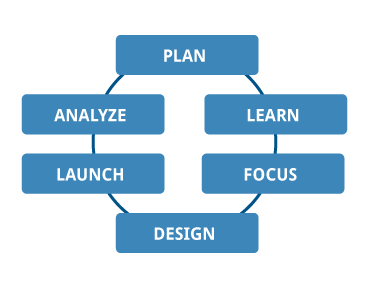
Six Steps for Innovating with the Customer: “Plan–Learn–Focus–Develop– Launch–Analyze”.
With technology-market-competition speeding ahead, it is imperative for companies (small-medium-large) to differentiate and get a competitive advantage to solidify their position among the top leaders. Start with the customer, have an internal multi-functional approach for innovation and take advantage of strategic collaborations, are key to accelerate growth and returns. The Innovating with the Customer© model is a practical approach that has proven effectiveness to transform “silo, inside-out, commodity” thinking, to a “high margin, specialty” thinking. The model is based on how customer centered companies identify unmet needs and the best solution available before “developing with the customer” the best imaginable, proprietary solution. The model consists in a “Plan – Learn – Focus – Develop – Launch – Analyze” cycle to become customer driven and to develop breakthrough solutions and value:
- Planning Strategic choices.
The most important strategic decision is how you identify attractive Market / Applications / Customers. Segmentation and evaluation of market segments determines the business strategy or model, the choice of customers, the platforms needed to succeed, the compelling value propositions and a sound business case.
Enabling tools: Segmentation, Technology Roadmapping, Innovation Assessments, Business Models, Business Plans.
- Learning your Customer Needs and Compare with the best solution.
Identifying the word of the customer and its requirements, needs, trends, potential, dreams and wishes, will allow you to focus the development that will lead to the best imaginable solution (product/service). Having the customer on-board is key, as well as having competitive comparisons with the best solution available to empower a price per value approach.
Enabling tools: Understanding customer’s process and benefits, Developing superior value propositions, Discovery interviews and follow-up, Pricing by the benefit.
- Focus and Alignment of Capabilities.
How to focus and prioritize attractive market segments is the foundation to align your internal competencies or platforms and to allocate resources via multi-functional teams. The identification and establishment of strategic collaborations and partnerships to develop proprietary product/process/services require a robust definition and agreement in the management of intellectual property and contracts.
Enabling tools: Align and allocate capabilities with strategic fit, Collaborations win-win for proprietary solutions design.
- Multi-functional Design.
The heart of the innovation process is the development of the best imaginable new product / process / service, with the customer in multi-functional teams. The best practices recommend to establish a Stage-gate process, Project Management with a clear Patenting and IP strategy.
Enabling tools: Translating needs into Specifications, Staging Development, Patent Strategies and Mapping.
- Launch and Value Capture.
Effective launch a new product or service to the world, demands to have a superior value propositions for the different market/applications segments, to be able to resolve problems in a systematic way, and to manage your costs to serve customers.
Enabling tools: Technology/Market Product Launch Guidelines, Confirmation of economic benefit to price per value. Troubleshooting.
- Situation Analysis.
Sharp definition before development, and learning from project success and failure are vital to create an innovation culture. You need to start analyzing your strategic position, to manage an effective product portfolios and project selection, in order to maximize the R&D investments.
Enabling tools: Market & Technology Intelligence, Portfolio Management, Estimating Probabilities of Success, Innovation Metrics, Ex-Ante and Ex-Post Analysis.
Following these simple steps for Innovating with the Customer©, having an emphasis in thinking and deciding before acting, will enable to build a common new business development culture and language, to have more focus in the customer, with speed and discipline in projects, targeting to develop proprietary solutions that accelerate profitable growth.
Dr. Walter Ramirez is Chief Innovation Officer and Founder of Innventik, a firm that assists companies to achieve real impact innovation, to use ideas, knowledge and technology as a competitive advantage, and to create the future. Walter is passionate about solving problems of high technical complexity, unleashing the individual and collective potential of innovation for profitable growth. He coaches and trains teams and companies around the world.
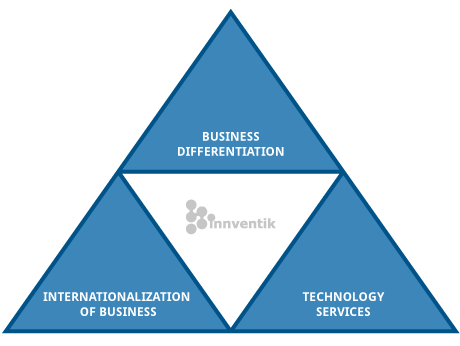
PRESS RELEASE: Innventik offering Innovation and Material Science Technology Services
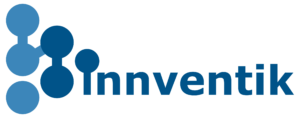
Madrid, Spain (June 24, 2016) – Innventik is now assisting companies and R&D centres to achieve real impact innovation, to use ideas, knowledge and technology as a competitive advantage, and to create the future. With an experience of +33 years in new Technology-Product-Applications Development, founding R&D Laboratories and incubating new businesses around the world, Dr. Walter Ramirez is now helping companies to become more innovative to position themselves to the next level. “To exit the current economic paralysis, companies need to reinvent themselves, to reposition and design new solutions in attractive market segments or applications. It is imperative that they rethink their innovation strategies, act with a sense of urgency and expand their markets offering products with superior value proposition. Winners will be smart, small, unknown, quick, flexible companies, responsive to local or global unmet customer needs“, says Walter Ramirez. The services provided are (1) Business Differentiation: Strategic Innovation, Business Models, Technology/Market Intelligence. (2) Technology Services in Polymers, Elastomers, Materials Science, Nanotechnology and Applications: Adhesives & Sealants, Coatings, High Performance Tires, Polymer Modification, Medical, Personal Care, Lubricants. (3) Internationalization of Business: Technology Valuation, Commercialization, Licensing and Networking. For more information or a free consultation contact Innventik directly at info@innventik.com, and at www.innventik.com.
